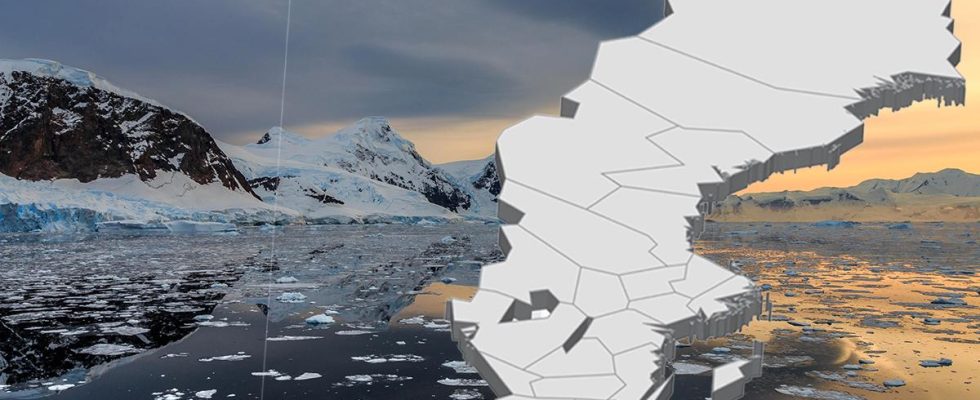Updated 22:30 | Published 22:22
The sea ice in Antarctica has reached extremely low levels.
The ice cover is now 2.6 million square kilometers less than the 1980-2010 average.
The loss of ice corresponds to more than five Sweden.
The extent of the ice cover is at the lowest levels since measurements began 45 years ago, data from the US NSIDC, National Snow and Ice Data Center, shows according to CNN.
– Something has changed radically in the last two years, and especially this year, compared to all other years at least 45 years back in time, says glaciologist Ted Scambos at NSIDC to CNN.
While the ice in the Arctic in the Northern Hemisphere has been constantly decreasing in recent decades, the situation on the continent of Antarctica is more complex. The sea ice around Antarctica has been at both record high and record low levels in recent decades. But since 2016, there has been a steep downward trend in the size of the ice sheet.
Alarming changes
Shrinking sea ice does not affect sea level, because it is already floating in the ocean. But other parts of Antarctica have also shown dramatic changes in recent years. One of the fastest-warming places in the southern hemisphere, for example, is the large Antarctic peninsula that stretches up towards South America.
There are also reports of an imminent collapse of the Thwaites Glacier. If it collapses completely, sea levels could rise three meters around the entire planet.
While Ted Scambos sees the changes in the sea ice around Antarctica as “alarming”, his colleague at NSIDC Julienne Stroeve is not as concerned:
– The levels are very different compared to the average levels, but at the same time we know that Antarctic sea ice shows large variations from year to year. It is too early to say whether this is the new normal or not, she told CNN.
